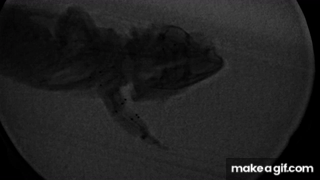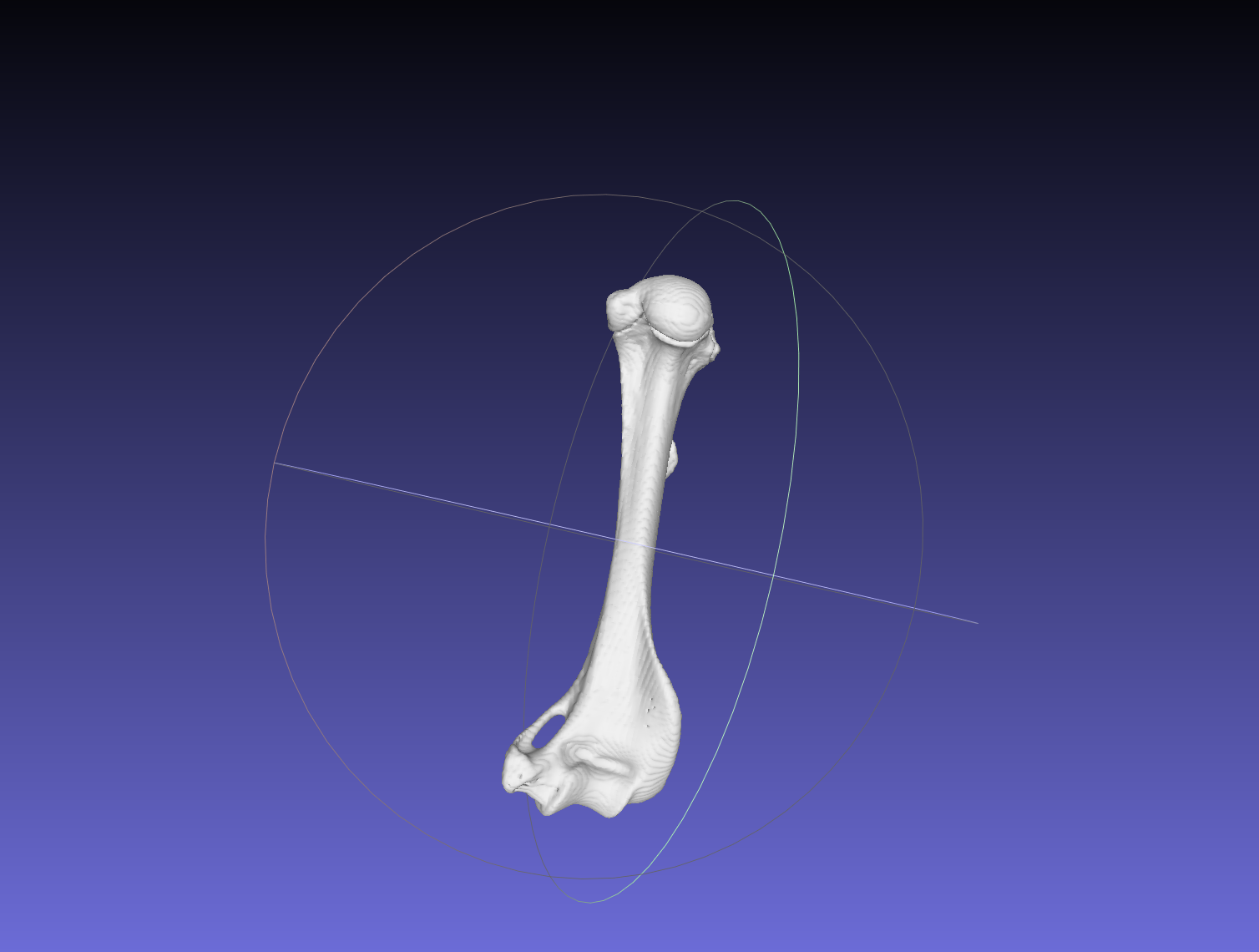Research
My research centers on understanding the evolution of functional specialization in vertebrates.
The vast majority of studies of comparative biomechanics have focused on either trying to understand human walking (by studying humans and other bipeds) or improving the productivity of working animals (e.g., horses), typically focusing on the power-generating hindlimb. This narrow focus doesn't represent the broad array of niches to which animals have adapted. In my work, I have sought to address this gap by focusing on the role of the forelimb in locomotion and how it is specialized to accomplish more efficient digging. I am pursuing this research through groundbreaking measurement of in-vivo biomechanics, functional morphology, and innovative design.
In-vivo vertebrate Biomechanics
Because I am interested in expanding the phylogenetic and functional diversity of comparative biomechanics to include types of vertebrate animals and behaviors not typically studied, I often have to innovate and test new methodology. For example, measuring the dynamics of locomotor behaviors of animals that move through substrates is challenging because of the interference and dynamic effects of the substrate itself. And yet, the locomotion of burrowing animals offers us insights into the locomotor mechanisms used by many species and has applications in developing bio-inspired robotics. To address these challenges, I developed the tunnel-tube, using six-axis load cells to measure 3D dynamics during burrowing behavior, while x-ray video from two planes provides 3D kinematics.
My study of burrowing rodents in the Mojave desert revolved around three species with highly variable limb length—pocket gophers with large forelimbs, kangaroo rats with reduced forelimbs and elongated, kangaroo-like hindlimbs, and pocket mice with typical mouse proportions. I noticed similar patterns of limb length variation and function in other taxonomic groups, leading to research into the evolution of differential limb function in tetrapods. Animals with the sprawling limb posture typical of reptiles and amphibians tend to have longer contact times between the forelimb and the substrate than animals with erect, parasagittal limb posture (mammals). During a pilot study of x-ray of moving morphology (XROMM) in bearded dragons, Matt Bonnan and I found that the lizards have a greater degree of movement of the forearm bones at the elbows than in animals with erect posture, which may contribute to the evolution of characteristic patterns of early tetrapod locomotion.
Functional Morphology
Reconstructed microCT scan of a desert kangaroo rat (Dipodomys deserti) humerus
To evaluate the effects of shape and phylogeny on digging specialization, I have performed several studies of functional morphology in digging animals. I measured muscle architecture and osteology of the forelimbs of American badgers, Virginia opossums, and groundhogs. I performed and reconstructed microCT scans from each genera of Geomyoid rodents and am currently analyzing the data from these scans for publication.


